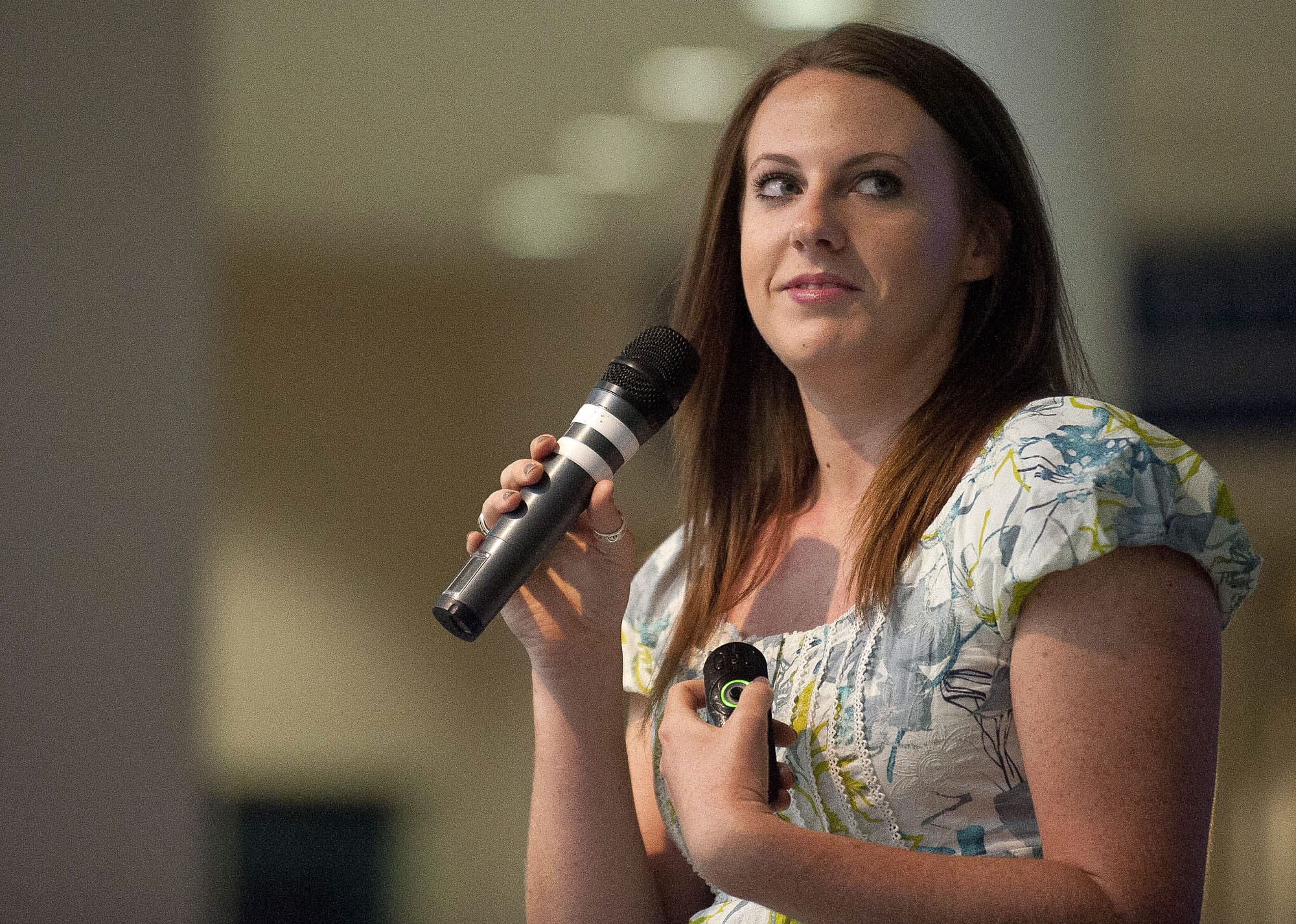The sports considered highest risk, and therefore included under ImPACT, are:
o Football.
o Cheerleading.
o Soccer.
o Wrestling.
o Basketball.
The term “concussion” describes a range of traumatic brain injuries that are not visible on computerized axial tomography scans or magnetic resonance imaging tests, said Dr. Ashok Modha, a neuro-surgeon at Rebound, an orthopedic and neurosurgery clinic that contracts with Vancouver Public Schools.
Concussions are diagnosed based on symptoms, which can include problems with hearing, vision and memory, Modha said. Other symptoms might include sensitivity to light and noise, trouble concentrating, balance problems, headaches, general confusion and behavioral changes.
A common misconception is that you don’t really have a concussion unless you lose consciousness. That is not the case, Modha said. You don’t even have to hit your head.
The brain floats in cerebrospinal fluid inside the skull. When the body stops abruptly, as it might during a tackle, the head could whip around and cause the brain to hit the inside edges of the skull.



